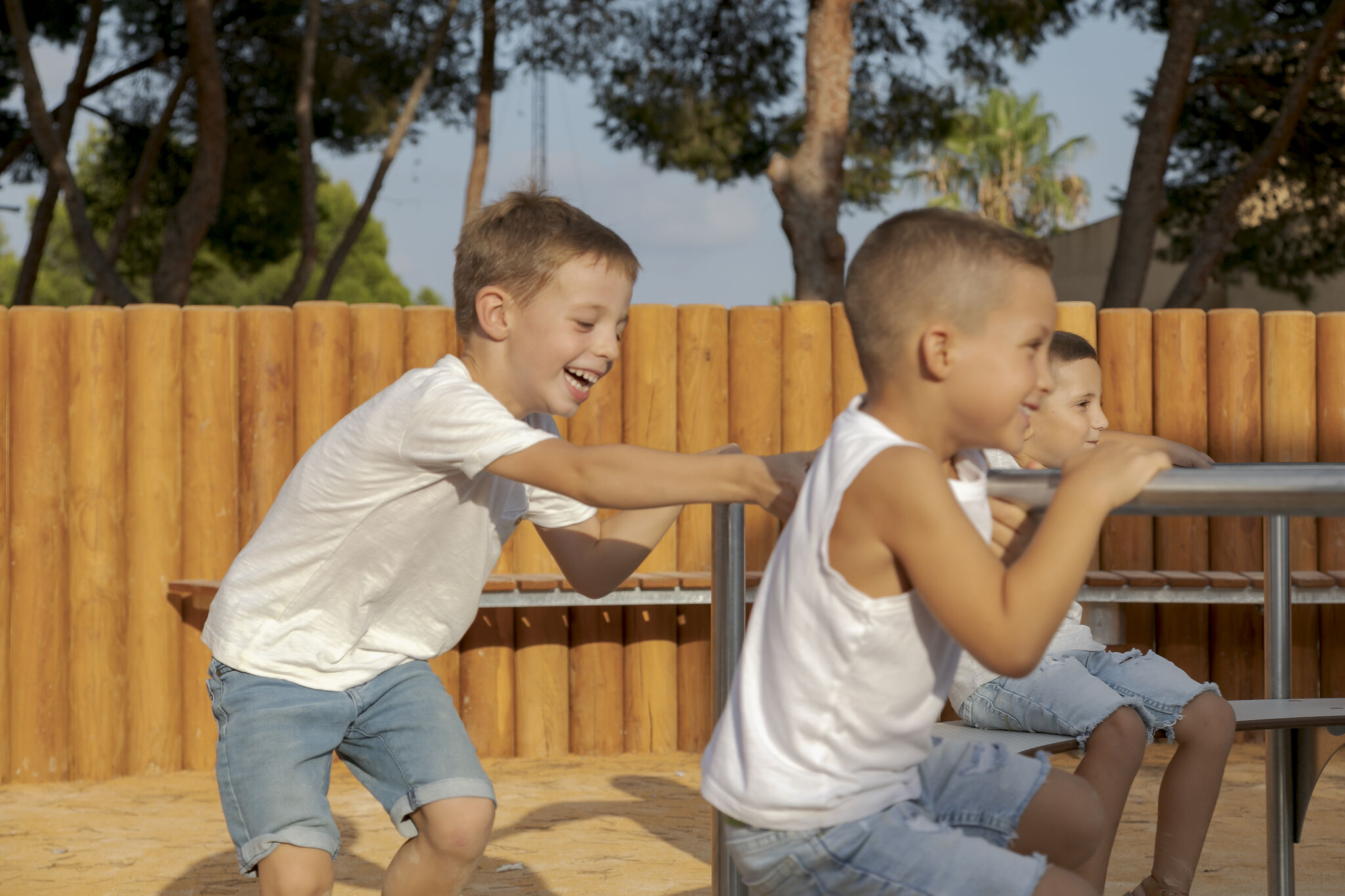Universal design is the way we design various elements, such as products and environments, that can be used by all people, which is why it is important to apply it in the development of public spaces.
We live in an incredibly diverse society. This diversity enriches us with different shapes, colors, types of nature, animals and people.
This diversity is, in our eyes, a fascinating and essential part of our world. However, when designing public areas, the myriad differences between people sometimes make it difficult to find accessibility solutions that work for everyone. In other words, it is not always easy to apply the concept of universal design in public space. Despite this complexity, we firmly believe that all public spaces must be adequate to meet the expectations and needs of everyone, without anyone feeling discriminated against for not being able to use them on equal terms.
We all have potentials and limitations, since we are all diverse and unique, something that Galopín keeps in mind and seeks to promote. For this reason, they have never considered designing games for a specific group: “we design spaces for all people, always taking their differences into account.” In this report, we will show how we define and apply the concept of universal design in our playgrounds. After all, our mission is to create a universal game, in which anyone can participate, enjoy and learn.
We have never considered designing games for a specific group: we design spaces for all people, always taking their differences into account.
What is the Universal Game?
The Concept of Universal Space.
So what does a universal space really look like? We believe that a universal space can be understood as an inclusive, diverse and accessible space: as defined by psychologists and ethologists, a friendly environment in which any individual can participate in natural, free and undirected play, and where interaction is encouraged. and shared play. . By creating play areas where universal play is allowed, any child can learn, grow, and acquire skills that will be essential in life.
How do you integrate Universality in Galopín?
To enable integration, diversity and accessibility, we work with concepts such as multifunctionality, specifically adapted, accessible and universal games that stimulate all the senses, always taking into account the importance of adequate design. We also take care of the environment of the playground, ensuring that it is accessible from any entrance. This allows us to comply with regulations and advice on inclusion in public spaces, and we have even been awarded an award for it. A more detailed explanation of our principles, our design process, regulations and results can be found in the following chapters.
A universal play space is inclusive, diverse and accessible: a friendly environment in which any individual can engage in natural, free, undirected play.
 How does Galopín build Accessibility?
How does Galopín build Accessibility?
To put our principles into practice, there are some concepts that we take into account when developing our public spaces. First of all, we take into account the importance of inclusive, intelligent and multifunctional design. Furthermore, we try to ensure that our playgrounds stimulate not just one, but all of our senses. Finally, we increased accessibility by rethinking space and removing barriers in and around the play area. The following pages will explain in more detail how these designs contribute to building universality.
What is the Importance of Design for Galopín?
An appropriate design, adapted to functional diversity, can turn what was a barrier into an entry door. For this reason, our designers take into account, from the first sketch until the end of the design, the limits and qualities of all children. They also include a variety of elements, such as clear signage, ramps or other aid elements.
Proper design can turn what was a barrier into a gateway.
-
Stimulating the Senses.
Since we all perceive the world differently, we have a different way of evaluating our senses. Where one child responds more to visuals, another might benefit greatly from playing with different sounds or textures. It is therefore important to include as many different sensory elements as possible in public space. An example of these elements are thematic facades with textures, an element that we usually use: these consist of schematic drawings to which masses with color and textures are inserted. In this way, the image can not only be seen, but also touched; Thus, for example, a blind child perceives with touch, in a way close to how a person with visual ability feels. These elements, combined with others, stimulate the enthusiasm and learning capacity of any individual, making the play space an exciting place for everyone.
-
Creating Accessibility
Once the elements have been chosen, we must think about accessibility: everyone must be able to enter and leave the area without problem: create enough space to design free passage areas with sufficient width and height. The entire area must be free of obstacles, so that wheelchairs can move and turn freely. Finally, we also take into account trees, benches or other elements that surround the space, to ensure a clear indication of its limits.
*It is important to include as many different sensory elements as possible.

Learn more about Galopin Playgrounds and have it as an option for your next project.









